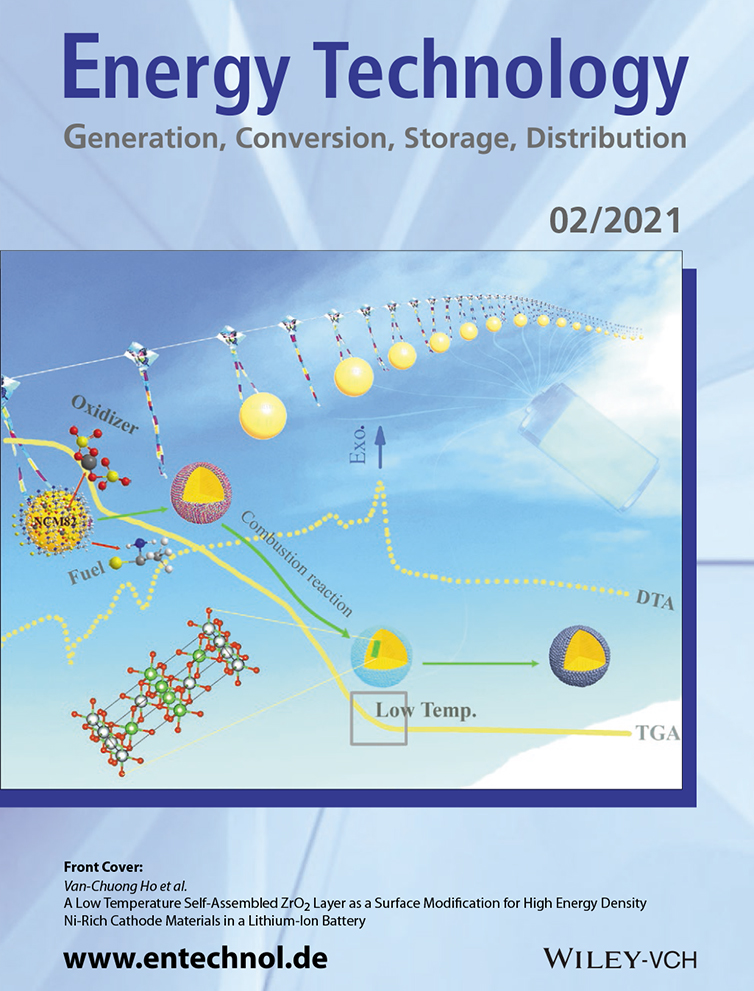Ternary Polymer Solar Cells Using Two Polymers P1 and P3 with Similar Chemical Structures and Nonfullerene Acceptor Attained Power Conversion Efficiency Over 15.5% with Low Energy Loss of 0.55 eV
Abstract
Herein, ternary active layer-based polymer solar cells using two donor (D)–acceptor (A) conjugated polymers P1 and P3 having same A unit and different D units as donor along with the nonfullerene small molecule acceptor, BThIND-Cl, are fabricated. The polymer solar cells based on P1:BThIND-Cl and P3:BThIND-Cl binary show power conversion efficiency of 12.13% and 13.08% with energy loss of 0.60 and 0.51 eV, respectively. The open circuit voltage of the P3 based polymer solar cells is higher than that for P1 counterpart associated with the deeper highest occupied molecular orbital (HOMO) energy level of P3 as compared to the P1. The small energy loss for P3 may be attributed to low HOMO offset between P3 and BThIND-Cl. Moreover, the short circuit current density is higher for the P1 based polymer solar cell. Taking the advantages of high valve of short circuit current for P1 and larger value of open circuit voltage for P3 counterpart, optimized polymer solar cells using these two polymers and BThIND-Cl as acceptor and after the optimization, the polymer solar cells based on P1:P3:BThIND-Cl showed overall power conversion efficiency of 15.78% with energy loss of 0.55 eV.
Conflict of Interest
The authors declare no conflict of interest.




